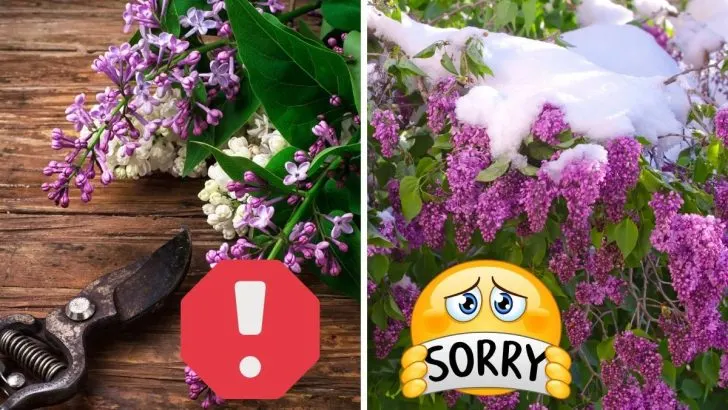Lilac bushes, with their captivating fragrance and vibrant blooms, are a favorite among gardeners. However, growing them isn’t as simple as planting and forgetting.
To enjoy a healthy and flourishing lilac bush, it’s crucial to sidestep the common pitfalls that many gardeners fall into.
Understanding the intricacies of these mistakes helps not only in nurturing better plants but also in enhancing the overall gardening experience. Let’s delve into what you should avoid while growing these delightful shrubs.
1. Choosing the Wrong Location
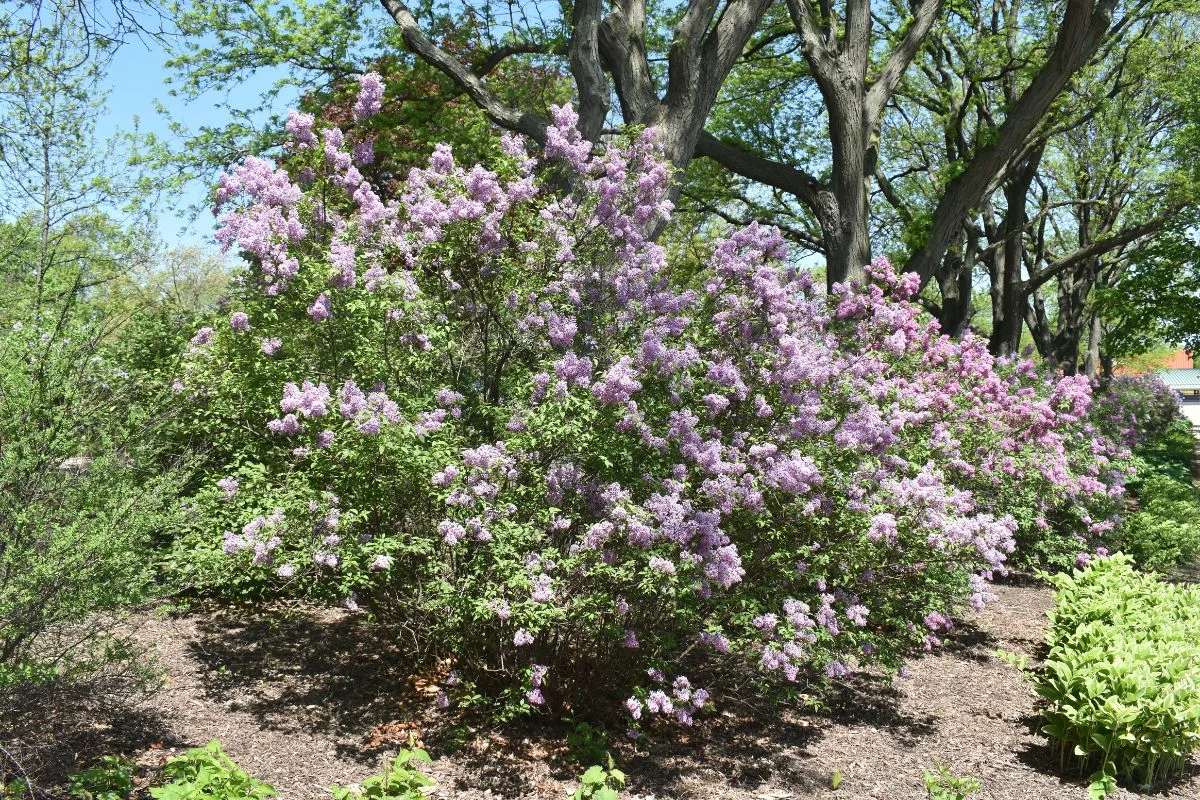
Location is everything. Lilacs need full sun to reach their full potential. Planting them in a shaded spot will stunt their growth and bloom production.
Ensure they receive at least six hours of sunlight daily. Consider the soil drainage as well—these bushes prefer well-drained soil. Avoid areas where water tends to pool, as lilacs don’t appreciate having soggy roots.
Moreover, think long-term. Lilacs can grow quite large, so plan their placement to give them the space they need without overwhelming other plants or your garden layout. Crowding them could lead to poor air circulation, which is another common mistake.
2. Ignoring Soil Quality

Soil quality is paramount. Lilacs thrive in slightly alkaline to neutral soil with a pH around 6.5 to 7. Ensure your soil is rich in organic matter.
A soil test can be invaluable to determine if any amendments are necessary. If the pH is too low, adding lime can help to adjust it.
Applying an annual layer of compost can greatly enhance soil health, providing essential nutrients that improve both growth and flowering. Consider consulting with a local nursery for specific regional soil advice.
3. Poor Pruning Practices
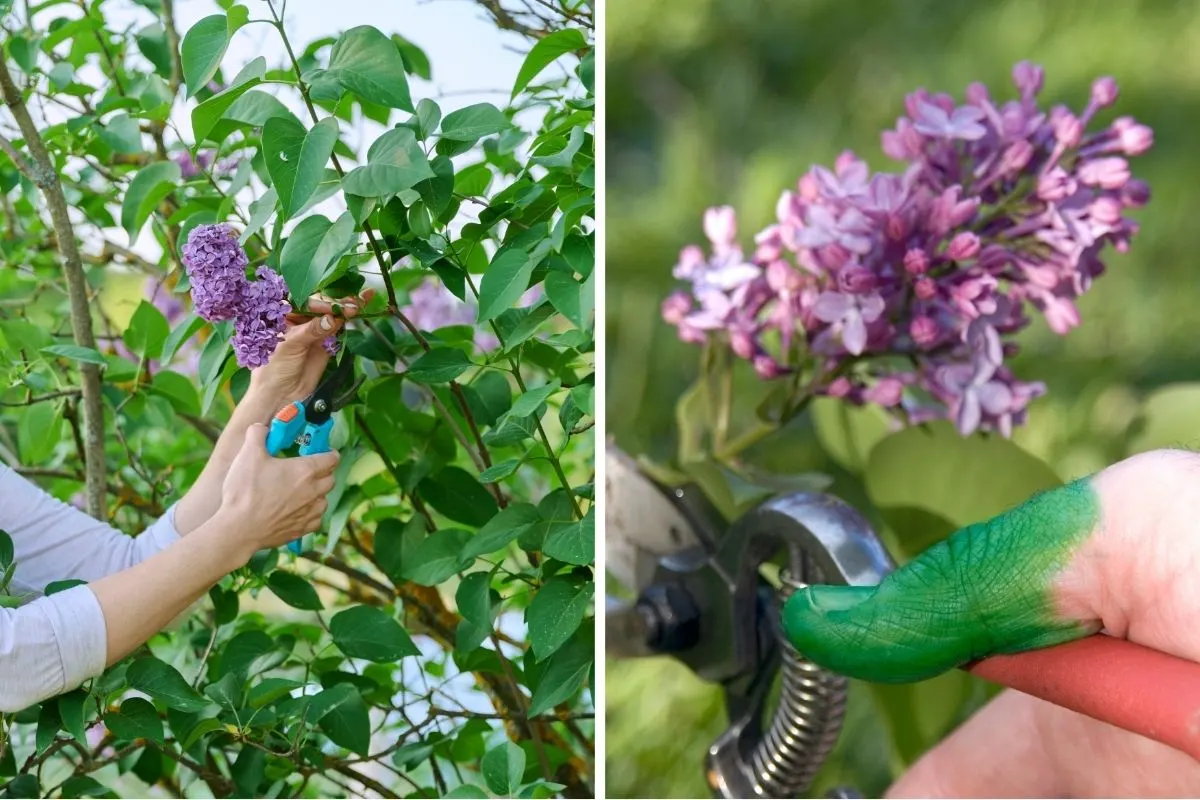
Pruning lilacs requires a delicate balance. Pruning should be done immediately after flowering, as cutting back too late will remove next year’s flower buds. Aim to remove dead or diseased wood and any suckers at the base.
Additionally, avoid over-pruning as it might stress the plant. The goal is to open up the bush to allow light and air to penetrate the center, which promotes healthier growth and abundant blooms.
4. Overwatering
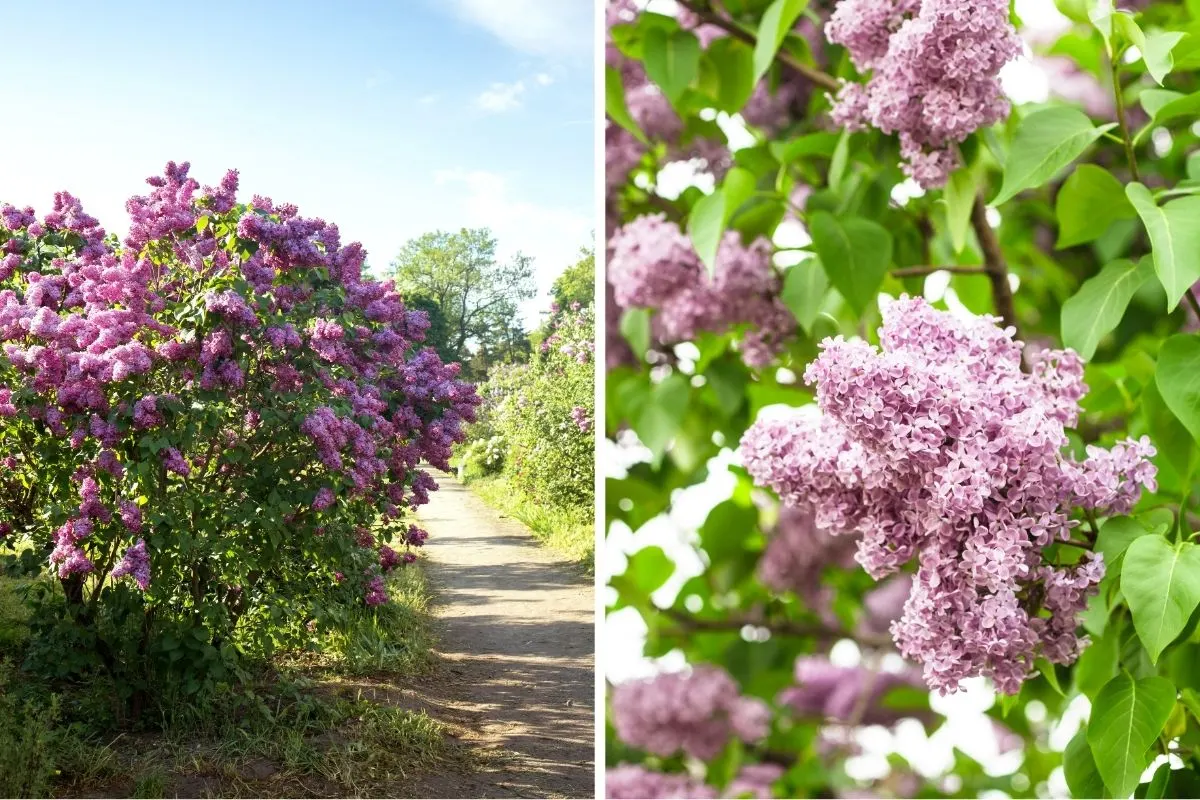
While lilacs need moisture, overwatering is a frequent misstep that can lead to root rot. These hardy plants prefer a deep, infrequent watering approach. Once established, they are relatively drought-tolerant.
Pay attention to weather patterns and soil moisture levels. If the top inch of soil feels dry, it’s a good indicator that your lilac is ready for another drink.
5. Neglecting Pest and Disease Control
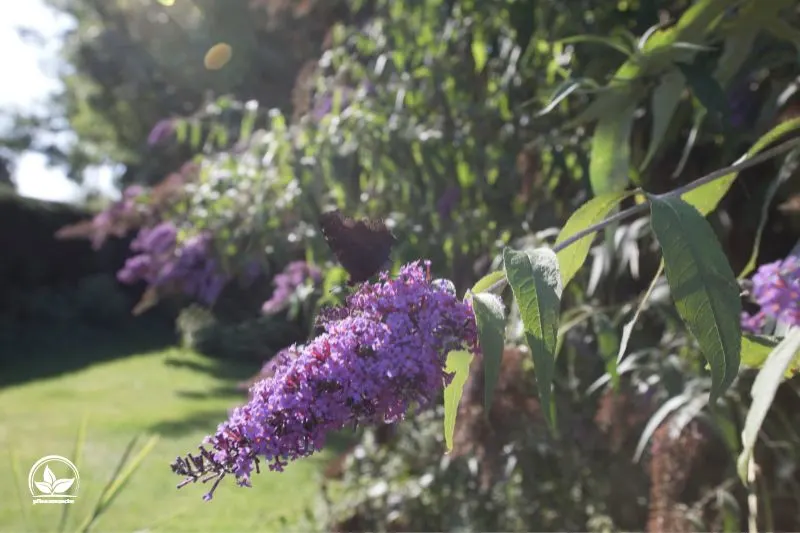
Lilacs can fall prey to several pests and diseases if not monitored. Aphids and borers are common nuisances. Inspect your plants regularly and consider natural pest control methods, like introducing beneficial insects or applying insecticidal soap.
Mildew can also be an issue in humid climates. Ensure proper spacing and air circulation, and consider using a fungicide if necessary. Being proactive rather than reactive can make a significant difference.
6. Fertilizing Mistakes
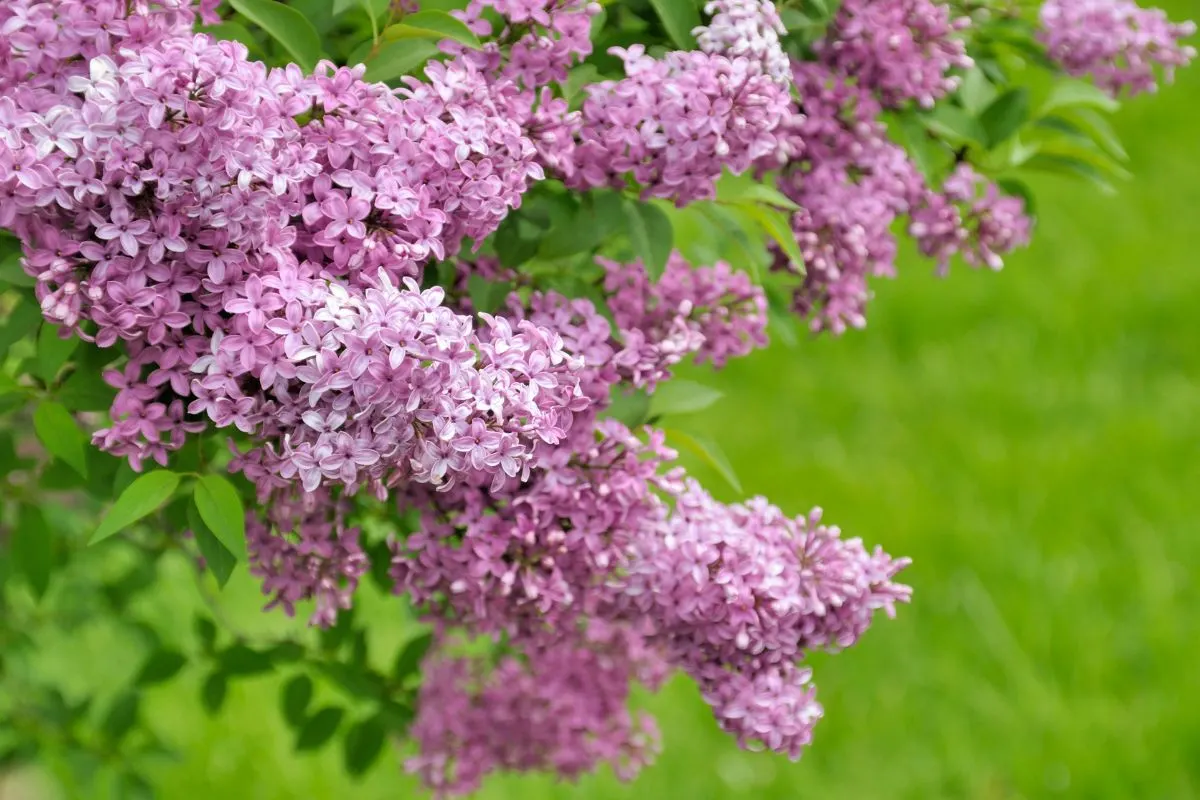
Over-fertilizing is a common error that can lead to leafy growth at the expense of blooms. Lilacs don’t require much fertilizer. If necessary, use a balanced fertilizer in early spring, but avoid high-nitrogen formulas.
Focus on phosphorus and potassium, which are crucial for flowering. Always follow the manufacturer’s instructions to avoid any potential nutrient burn.
7. Planting at the Wrong Time
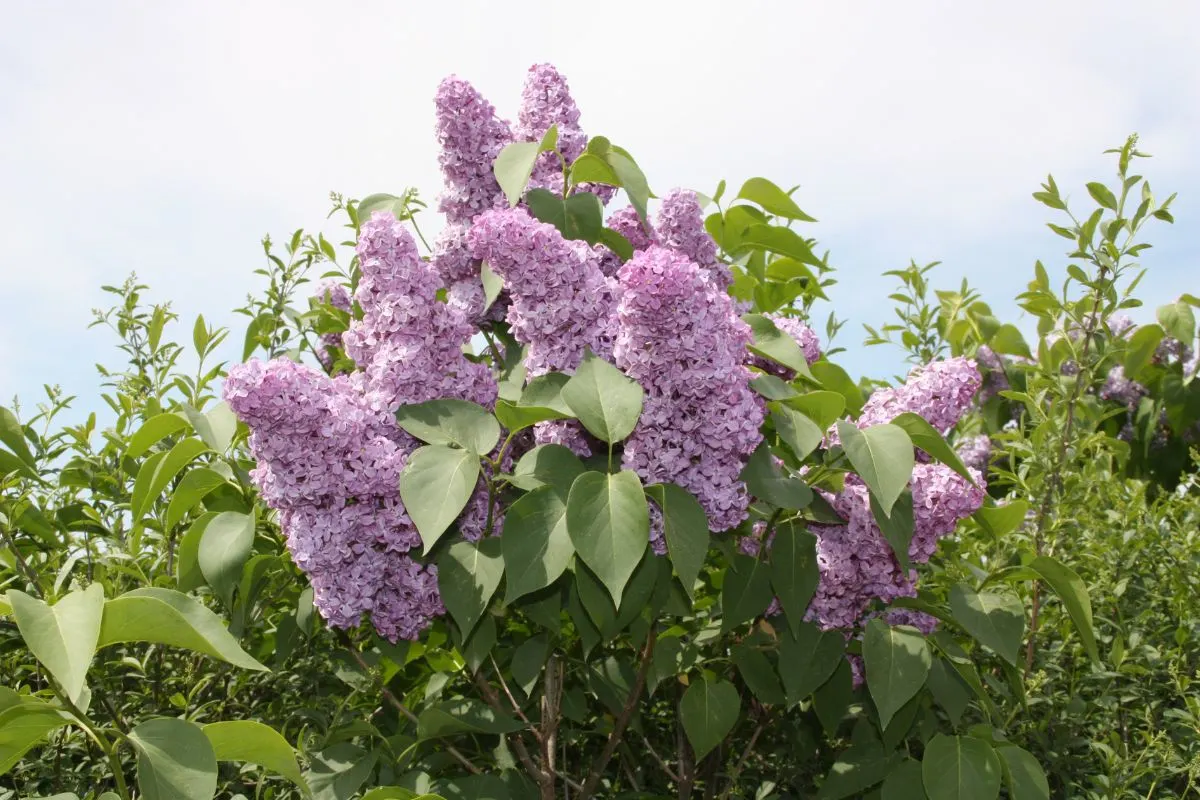
Planting lilacs at the right time of year makes a world of difference. Spring and fall are the best times to plant lilacs, as it allows them to establish roots before the stress of summer heat or winter cold.
Ensure that the planting hole is twice as wide and as deep as the root ball. This preparation ensures a smooth transition for the plant into its new home.
8. Skipping the Mulch
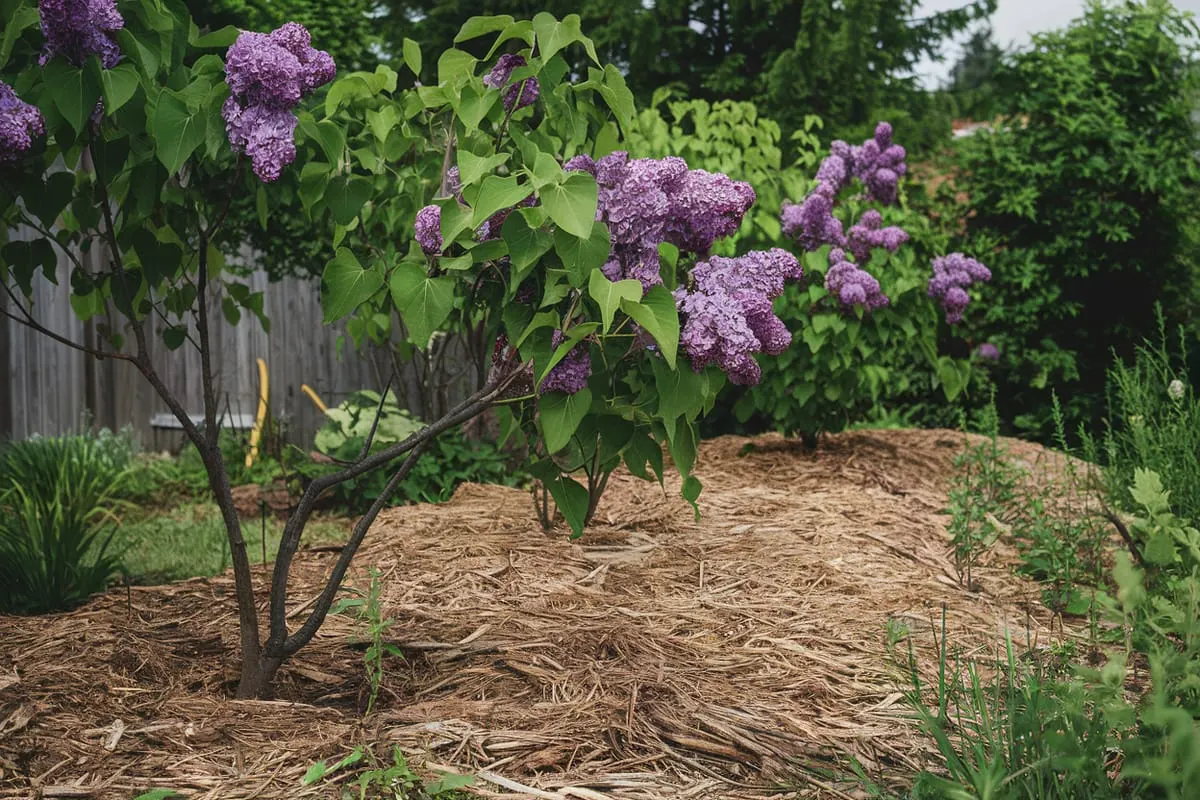
Mulching might seem optional, but it helps immensely. A good layer of mulch conserves moisture and suppresses weeds, which can compete for nutrients.
Use organic mulch like bark or wood chips, and apply a 2-3 inch layer around the base, keeping it away from the trunk to prevent rot.
9. Overlooking Maintenance
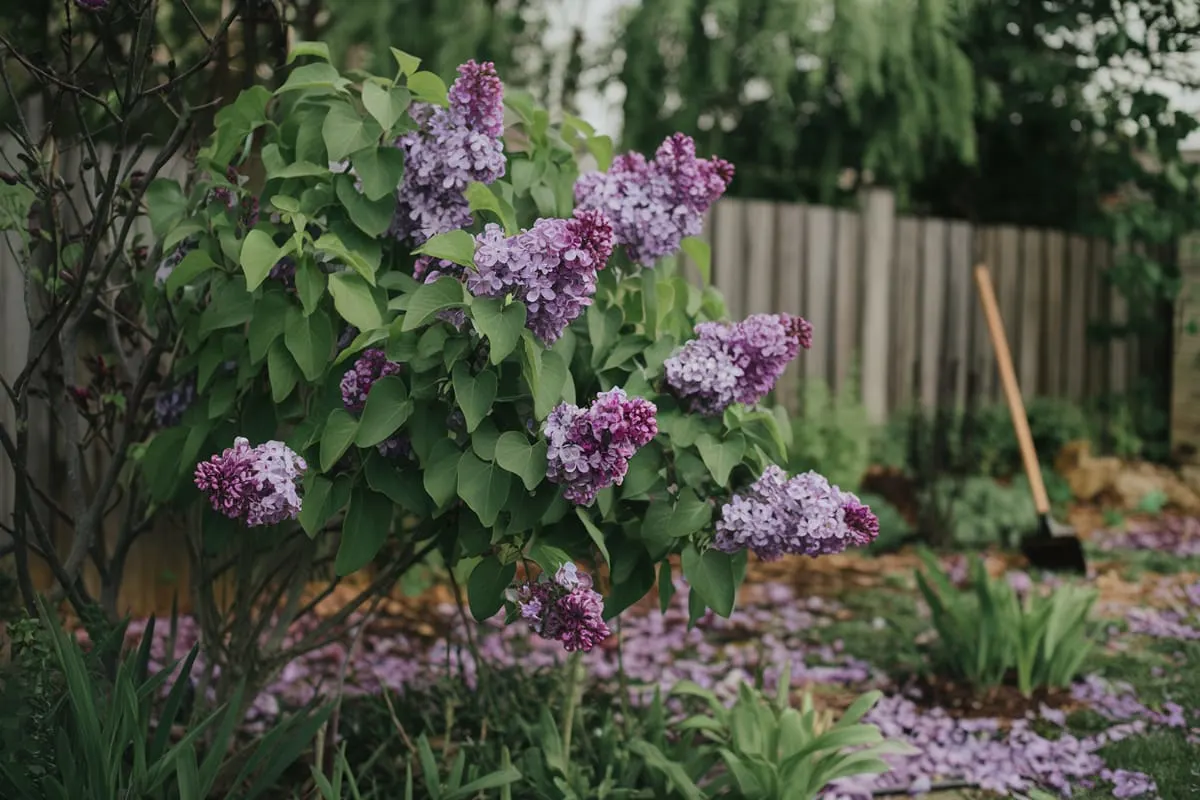
Don’t let lilacs become a ‘plant and forget’ addition to your garden. Regular maintenance includes cleaning up fallen leaves and monitoring for signs of stress or disease.
Annual soil tests and occasional pruning checks should become part of your routine. Staying attentive ensures that your lilacs continue to add beauty and scent to your garden for years to come.

